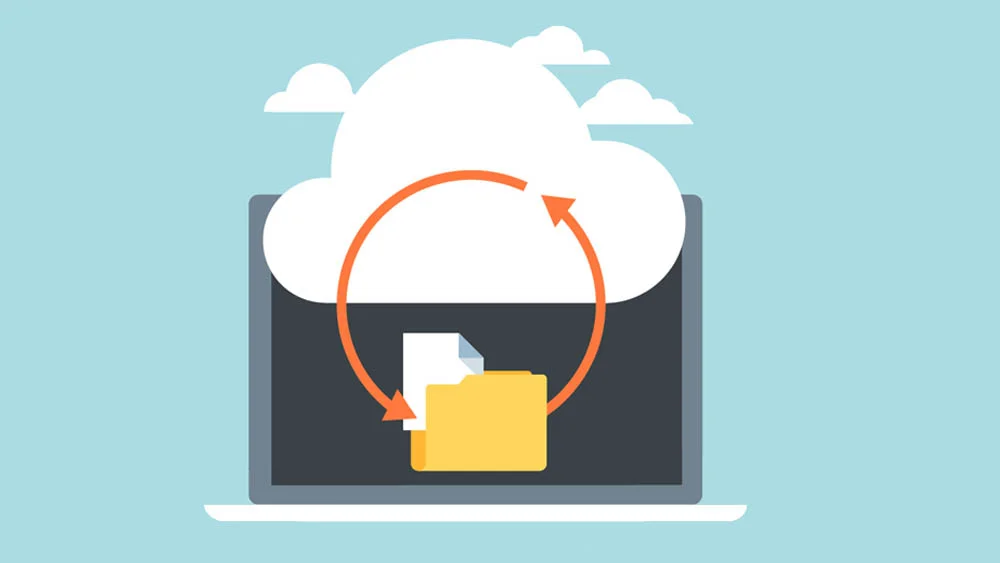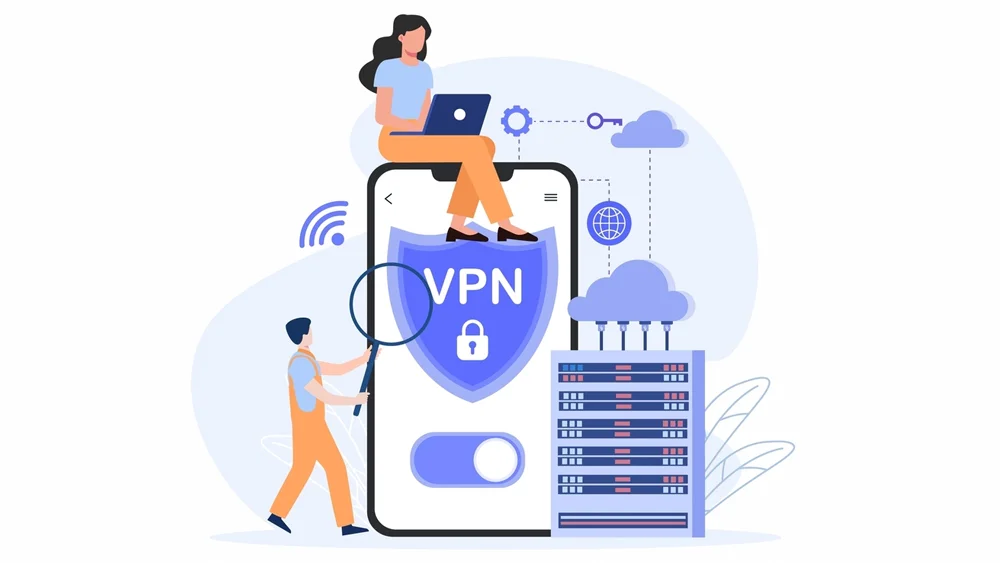Cybersecurity is no longer just the IT department’s problem, it’s now every executive’s responsibility. Whether you’re managing a small team or overseeing a large corporation, safeguarding your business from cyber threats is critical. Picture this one data breach could cost you not just money but trust, reputation, and future business. Ready to protect what you’ve built? Let’s dive into these 10 essential cybersecurity top practices that every business should implement and trust me, the stakes have never been higher. Read on, and safeguard your future.
Strong password policies are essential to maintaining a secure digital environment. Passwords should incorporate a mix of uppercase and lowercase letters, numbers, and special characters, making them harder for attackers to decipher. To simplify password management, businesses should consider using password managers, which can generate and securely store complex passwords, significantly reducing the risk of breaches.
For businesses in Summerville, local managed IT services in Summerville sc can offer tailored solutions, including password management and cybersecurity practices. By leveraging these remote IT support services, local businesses can stay ahead of potential threats, ensuring their digital assets are well-protected.
2. Implement Multi-Factor Authentication (MFA)
Contents
- 1 2. Implement Multi-Factor Authentication (MFA)
- 2 3. Regularly Update and Patch Software
- 3 4. Back Up Critical Data Regularly
- 4 5. Adopt a Zero-Trust Security Model
- 5 6. Use a VPN for Remote Work
- 6 7. Secure APIs
- 7 8. Implement Intrusion Detection and Prevention Systems (IDPS)
- 8 9. Monitor Third-Party Vendor Security
- 9 10. Adopt Real-Time Threat Monitoring
- 10 Conclusion
- 11 FAQs
Multi-factor authentication adds an extra layer of security by requiring users to verify their identity with an additional form of authentication beyond just a password. It strengthens account protection to at least minimal possibilities of access by unauthorized users. Furthermore, the authentication app or a biometric check through fingerprint scanning is safer than SMS codes.
3. Regularly Update and Patch Software
Software updates are essential to maintaining a secure system. It is one of the top cybersecurity practices you should implement. Outdated software can leave vulnerabilities that attackers exploit. Because the known vulnerabilities are closed through regular patching and updating, your system is protected from emerging threats. Automatic updating for your applications and systems is preferred because you don’t need to monitor continuously whether there are upgrades to be done.
4. Back Up Critical Data Regularly

Establishing a robust data backup strategy is critical for protecting against data loss due to cyberattacks, hardware failures, or natural disasters. These should be automated regularly and kept in secure offsite locations such that in case critical information needs to be recovered, it can be done so with ease. Minimizing downtime and loss of sensitive data during a crisis ensures business continuity; thus, backups are trusted to do the trick.
5. Adopt a Zero-Trust Security Model
The Zero-Trust security model operates on the principle of verifying every access request, whether it comes from inside or outside the network. This model assumes that no user or device should be trusted by default. It helps to minimize the risks connected with insider attacks and external hacking. Zero-Trust continuously authenticates and authorizes users so that they increase the overall security of the organization deeply.
6. Use a VPN for Remote Work

With remote work becoming a standard practice, securing employee connections to company networks is critical. A VPN encrypts internet traffic, thus ensuring that sensitive data is safe and secure within the hands of employees working remotely from public or unsecured networks. Incorporating VPNs ensures therefore that the confidential information that may be associated with your business cannot find its way into anyone’s hands without your permission.
7. Secure APIs
APIs facilitate communication between software applications but can also introduce vulnerabilities if not properly secured. Here are three key strategies to ensure API security:
- Implement strong authentication and authorization – This provides the verified identities to those users and applications with access to the API, only avoiding unauthorized access and exposure of data to trusted sources through robust methods such as OAuth or API keys.
- Encrypt Data in Transit – You should ensure your API data-in-motion is encrypted using HTTPS. This means sensitive information remains protected during transit, and attackers cannot intercept and tamper with the data.
- Rate Limiting and Throttling – Ensure that API requests are limited and cannot be made by a source more than a certain number of times in a given time frame. Overall, abuse and denial-of-service attacks that might overload your system would be prevented.
8. Implement Intrusion Detection and Prevention Systems (IDPS)
An IDPS is a security system that monitors network traffic for potential malicious activity. It subsequently detects and attempts to prevent or mitigate threats in real-time, by identifying unusual behavior or unauthorized attempts to access systems. This makes it very effective in enhancing defenses against cyberattacks since it responds immediately to security incidents.
9. Monitor Third-Party Vendor Security
All third-party vendors with deficient security measures are potential risks to your business. In such cases, vetting your partners’ cybersecurity practices and continuously monitoring them for any vulnerability is very important. Instill clear security guidelines and a regular audit to ensure that all third parties comply with your organization’s security standards.
10. Adopt Real-Time Threat Monitoring
Real-time threat monitoring tools continuously monitor your digital environment to pick up on the emerging risk posed by a potential attack. Such tools stop breaches by detecting suspicious behavior and can provide real-time incident response. A holistic monitoring solution ensures proactive protection and also adheres to security regulations.
Conclusion
Cybersecurity isn’t a “set it and forget it” deal it’s an ongoing commitment that needs to grow with your business. The threats are constantly evolving, and so should your defenses. By staying proactive and integrating these best practices, you’re not just reducing risk; you’re building a resilient foundation for your company’s future. Remember, implementing these cybersecurity best practices is crucial for protecting your business from cyberattacks. Stay vigilant, stay secure, and may the odds be ever in your favor on the digital battlefield!
FAQs
Why is multi-factor authentication (MFA) necessary?
MFA adds an extra layer of security beyond passwords. Even if a hacker manages to steal your password, they still can’t access your account without the additional factor. It’s like having a moat and a drawbridge for your digital castle.
How often should businesses back up their data?
The frequency of backups depends on how often your data changes and how much you can afford to lose. For most businesses, daily or weekly backups are recommended. Think of it as saving your game progress the more often you do it, the less you lose when things go wrong.
What is a Zero-Trust security model?
A Zero-Trust model operates on the principle of “never trust, always verify.” It assumes that no user or device should be trusted by default, even if they’re already inside the network perimeter. It’s like being the suspicious parent of all your digital assets, always verifying, never blindly trusting.




